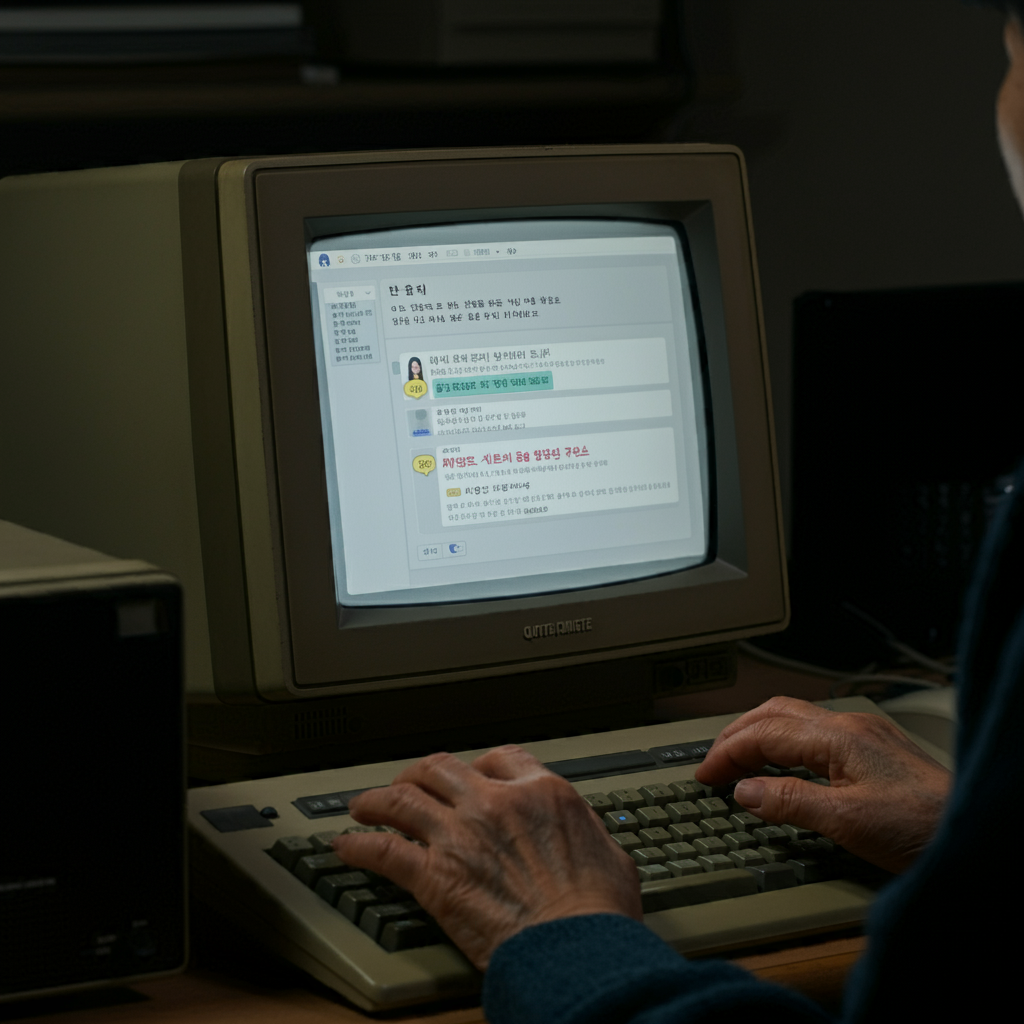In Korean, ‘이거’ and ‘이게’ are two commonly used expressions, but they are often confused by beginners. Both refer to ‘this’ in English, but they are used in different grammatical contexts. In this article, we will break down the differences between ‘이거’ and ‘이게,’ and explain when to use each one with examples.
The Basic Difference: ‘이거’ vs. ‘이게’
‘이거’ and ‘이게’ both mean ‘this’ in English, but their use depends on the sentence structure and the particle they are associated with. ‘이거’ is the casual or informal way of saying ‘this thing’ or ‘this object.’ It is used in more everyday speech or when talking to someone you are familiar with.
‘이게,’ on the other hand, is a contracted form of ‘이것이,’ which means ‘this’ with a subject marker. It is often used when the subject of the sentence is ‘this’ and the speaker wants to emphasize or introduce the subject in a more specific or formal manner.
When to Use ‘이거’
‘이거’ is used in informal situations, particularly when you are referring to something in a casual or direct manner. It is commonly used in conversations between friends, family members, or people you know well. For example:
- ‘이거 뭐야?’ – ‘What is this?’
- ‘이거 맛있어.’ – ‘This is delicious.’
In these examples, ‘이거’ is used as a simple and direct way to refer to an object or thing in a conversation.
When to Use ‘이게’
‘이게’ is used when the thing you’re referring to is the subject of the sentence. It is more common in situations where the speaker is making a statement about something or when the subject needs to be emphasized. For example:
- ‘이게 내가 찾던 책이야.’ – ‘This is the book I was looking for.’
- ‘이게 중요한 일이야.’ – ‘This is an important matter.’
In these sentences, ‘이게’ is used to highlight or emphasize the subject, showing that ‘this’ is the focus of the sentence.
Understanding the Context of Usage
Both ‘이거’ and ‘이게’ are used in everyday language, but their usage can change depending on the sentence context. The difference between them lies mainly in the presence of the subject marker ‘이/가,’ which is included in ‘이게.’ While ‘이거’ is used to refer to something casually, ‘이게’ serves a grammatical purpose in marking the subject.
It’s important to note that ‘이거’ is not always interchangeable with ‘이게.’ For example, in sentences where ‘this’ is the subject, ‘이게’ is necessary. However, in more general or casual references, ‘이거’ is more appropriate.
Conclusion: Choosing Between ‘이거’ and ‘이게’
In conclusion, the key difference between ‘이거’ and ‘이게’ lies in the structure and formality of the sentence. Use ‘이거’ for casual, informal references to ‘this,’ and use ‘이게’ when ‘this’ is the subject of the sentence or needs to be emphasized. Understanding when to use each form will help you speak more naturally and accurately in Korean. With practice, you will get a better feel for the nuances of these two expressions and their proper usage.


コメント